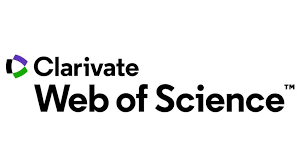Using Information Technology to Create Global Classrooms: Benefits and Ethical Dilemmas
DOI:
https://doi.org/10.29173/irie36Abstract
The global digital divide represents one of the most significant examples of international inequality. In North America and Western Europe, nearly 70% of citizens use the Internet on a regular basis, whereas in Africa less than 4% do so. Such inequality impacts business and trade, online education and libraries, telemedicine and health resources, and political information and e-government. In response, a group of educators and community leaders in South Africa and the United States have used various information technologies to create a ?global classroom? that connects people in the two countries. University students, high school students, and other citizens communicate via Internet exchanges, video conferencing, and digital photo essays. The project has produced a number of tangible benefits and it has developed a model for reducing inequality in global education, at least for those institutions with the technological resources to participate. We also present several recommendations for how to expand the initiative and thereby increase the number of people who can benefit from it.Downloads
Published
2007-09-01
How to Cite
Bradshaw, York W. 2007. “Using Information Technology to Create Global Classrooms: Benefits and Ethical Dilemmas”. The International Review of Information Ethics 7 (September). Edmonton, Canada:332-39. https://doi.org/10.29173/irie36.
Issue
Section
Article
License
Under the CC-BY 4.0 license, you have the right to:
Share — copy and redistribute the material in any medium or format
Adapt — remix, transform, and build upon the material for any purpose, even commercially.
Under the following terms:
Attribution — You must give appropriate credit, provide a link to the license, and indicate if changes were made. You may do so in any reasonable manner, but not in any way that suggests the licensor endorses you or your use.





